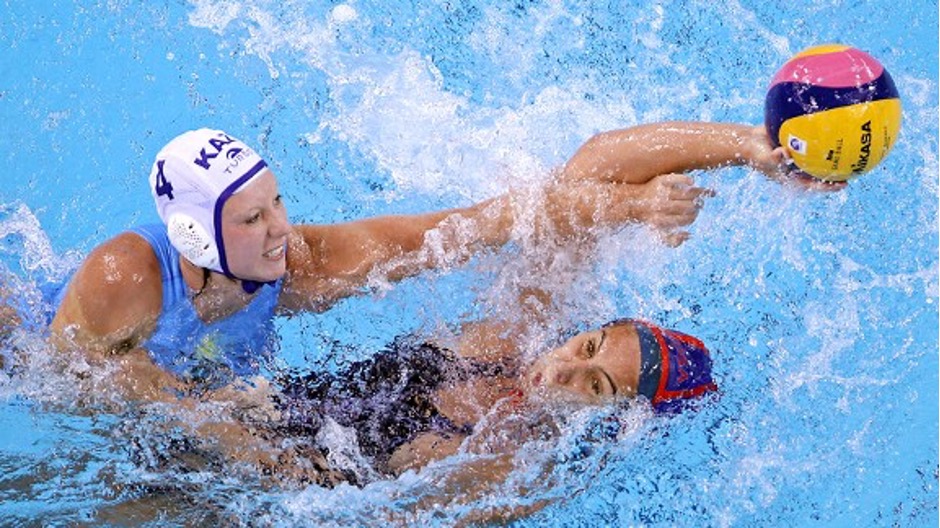Water polo is fast, physical, and unforgiving. Between diving for position, rapid direction changes, and high-velocity passes, players experience a lot of contact, some of it hard-hitting. A study published in PLOS ONE, entitled, “Head impacts sustained by male collegiate water polo athletes,” provides the first quantitative data on head impact exposure among male collegiate water polo athletes during both practice and competition.
In the study, researchers from the University of California-Irvine fit college water polo players with sensor-equipped caps during games and practices across three seasons. They recorded linear and rotational acceleration during head impacts.
Key Findings
- Offensive players sustained a slight majority – nearly 60% – of all measured head impacts.
- Centers were hit most often, accounting for about 37% of impacts during play. For context, water polo teams have 7 players, with one center.
- Goalkeepers did not experience fewer or worse impacts than other players.
- No athlete in the 3-year study was diagnosed with a concussion during the observation period, although head contact was frequent.
These results reveal that, even without a formal diagnosis, water polo players are regularly exposed to head impacts capable of stressing the brain and visual system, even when concussions are not sustained (or at least diagnosed).
For water polo athletes, these symptoms can affect performance: slower reaction times, missed passes, or difficulty tracking the ball against the glare of water and lights. And that’s just in the pool. These symptoms will be with the athlete beyond the competition arena.
EyeBOX, Oculogica’s FDA-cleared concussion test, provides an objective way to evaluate how the brain controls eye movements after head impacts. It doesn’t rely on pre-injury baseline testing, and can be used any time an athlete might have been exposed to a hit, whether or not they feel “off.”
Water polo isn’t a sport we typically look at and think of concussions. This study shows that there is indeed some risk in the sport, and it may represent an important cohort for future concussion research.
